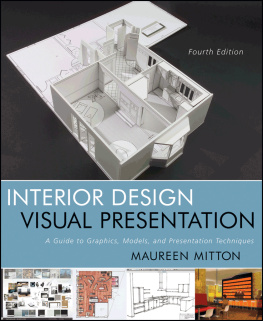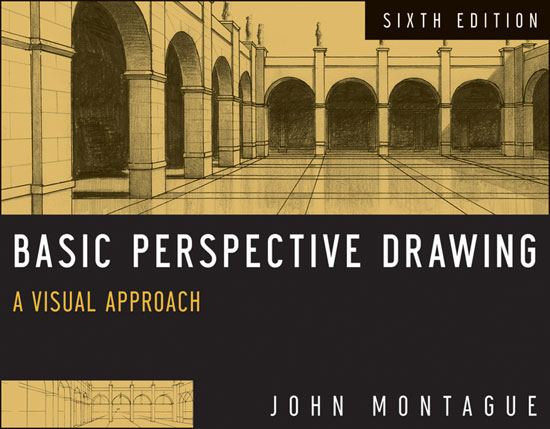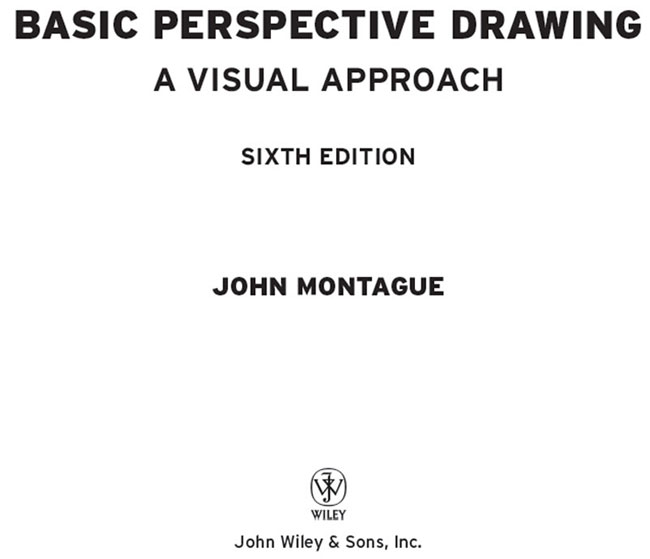Cover Image: Courtesy of John Montague
Cover Design: Michael Rutkowski
This book is printed on acid-free paper. 
Copyright 2013 by John Wiley & Sons, Inc. All rights reserved
Published by John Wiley & Sons, Inc., Hoboken, New Jersey
Published simultaneously in Canada
No part of this publication may be reproduced, stored in a retrieval system, or transmitted in any form or by any means, electronic, mechanical, photocopying, recording, scanning, or otherwise, except as permitted under Section 107 or 108 of the 1976 United States Copyright Act, without either the prior written permission of the Publisher, or authorization through payment of the appropriate per-copy fee to the Copyright Clearance Center, 222 Rosewood Drive, Danvers, MA 01923, (978) 750-8400, fax (978) 646-8600, or on the web at www.copyright.com . Requests to the Publisher for permission should be addressed to the Permissions Department, John Wiley & Sons, Inc., 111 River Street, Hoboken, NJ 07030, (201) 748-6011, fax (201) 748-6008, or online at www.wiley.com/go/permissions .
Limit of Liability/Disclaimer of Warranty: While the publisher and the author have used their best efforts in preparing this book, they make no representations or warranties with respect to the accuracy or completeness of the contents of this book and specifically disclaim any implied warranties of merchantability or fitness for a particular purpose. No warranty may be created or extended by sales representatives or written sales materials. The advice and strategies contained herein may not be suitable for your situation. You should consult with a professional where appropriate. Neither the publisher nor the author shall be liable for damages arising here from.
For general information about our other products and services, please contact our Customer Care Department within the United States at (800) 762-2974, outside the United States at (317) 572-3993 or fax (317) 572-4002.
Wiley publishes in a variety of print and electronic formats and by print-on-demand. Some material included with standard print versions of this book may not be included in e-books or in print-on-demand. If this book refers to media such as a CD or DVD that is not included in the version you purchased, you may download this material at http://booksupport.wiley.com . For more information about Wiley products, visit www.wiley.com .
Library of Congress Cataloging-in-Publication Data:
Montague, John, 1944
Basic perspective drawing : a visual approach / John Montague. Sixth Edition.
pages cm
Includes bibliographical references and index.
ISBN 978-1-118-13414-6 (pbk.); 978-1-118-41412-5 (ebk); 978-1-118-41503-0 (ebk);
978-1-118-41502-3 (ebk); 978-1-118-41294-7 (ebk); 978-1-118-41292-3 (ebk);
978-1-118-50284-6 (ebk); 978-1-118-50285-3 (ebk)
1. Perspective. 2. DrawingTechnique. I. Title.
NC750.M648 2012
742dc23
2012013721
PREFACE
Basic Perspective Drawing is now in its sixth edition. Over the years the book has been expanded and refined in response to the direct feedback from artists, architects, designers, illustrators, teachers, and students who use the book as a reference, a self-learning tool, or as a text book.
With this edition the Online Supplementary Material (available at www.wiley.com/go/perspectivedrawing ) has been expanded with the addition of several demonstration and tutorial videos. The videos address some of the particular techniques that students have often found difficult. The new videos are extensions of the text and address some of the basic concepts in paraline drawing, dropping plans into views, geometric tools, slopes, curves, and shadows. The following icon is used throughout the text to indicate topics that are featured in a corresponding tutorial video: 
The Online Supplement includes units on Learning to Look, Thinking in Three Dimensions, a demonstration of the Sketchbook Project and an extensive reference Perspective Photo Gallery.
Previous users of the book will notice some subtle changes and clarifications in the illustrations and general presentation. In the interests of keeping the book within a manageable size, a number of step-by-step illustrations in the Appendix have been combined and condensed. Also in the interests of space and in keeping with the book's mission to focus on the basics, the chapter Perspective Drawing and the Computer, first added in the 3rd edition, has been eliminated. Fortunately, since that 1998 edition, a plethora of information on digital perspective programs is now readily accessible making the inclusion of the material here less critical. In this regard, it is important to remember that perspective drawing is as much a way of seeing and understanding the visual world as it is a technique for reproducing it. Thus an understanding of the fundamentals of perspective presented here promises to provide an essential foundation for exciting new digital tools that are still evolving.
Basic Perspective Drawing is organized such that it can be studied sequentially and/or used as a reference. The first chapters provide an orientation and overview while subsequent chapters address more specific problems and techniques. For greatest effect, the book should be treated as a learning tool to be drawn in, written in, highlighted, and even colored in. Like reading and writing, perspective drawing is a learnable skill. And, like any other skills, mastery and fluency are gained with practice and patience, by moving from the known to the unknown, and from the simple to the complex.
This book is designed to lead the user through that rewarding process as directly and efficiently as possible.
1
OVERVIEW
In normal experience, our eyes are constantly in motion, roving over and around objects and through ever-changing environments.
Through this constant scanning, we build up experiential data, which is manipulated and processed by our minds to form our understanding or perception of the visual world.
These mental images of the visual world can never be in an exact one-to-one correspondence with what is experienced. Our perceptions are holistic; they are made up of all the information we possess about the phenomena, not just the visual appearance of a particular view.
As we gaze at the object or view, we sense this perceptual information all at oncecolors, associations, symbolic values, essential forms, and an infinity of meanings.
Thus, our perception of even such a simple object as a table is impossible to express completely. Any expression of our experience must be limited and partial.
Our choice of what can or will be expressed is greatly affected by the various limits we self-impose or that are imposed upon us by our culture.
In expressing visual data, individuals and cultures as a whole make choicessome conscious, some unconsciousas to which aspects of their experience of a phenomenon can or should be expressed.
Consider the different images on the right. Each of these drawings of a table is expressing different sets of information about the table, and each is correct.
A.
Several views are presented simultaneously.
B.
Parts are separated into measured plans and elevations.
C.
Parts are arranged to express feeling, emotions, and weight.














